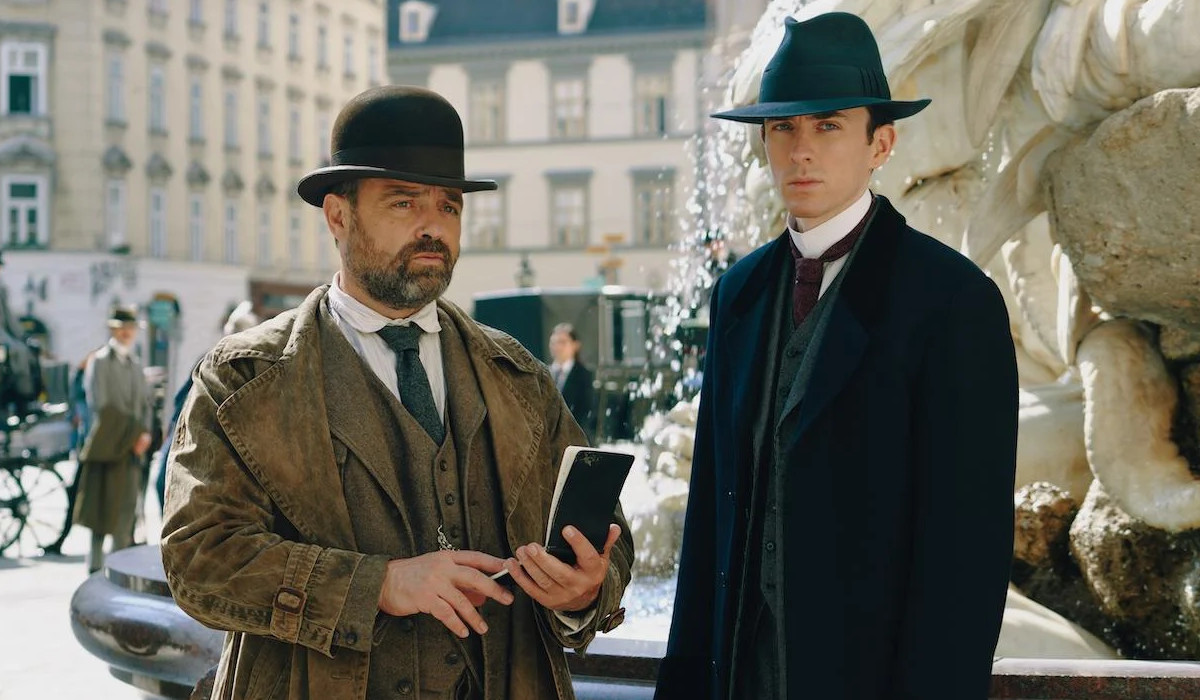Recently, IGN sat down with showrunner Albert Kim and executive producer Jabbar Raisani to talk about Netflix’s live-action remake of Avatar: The Last Airbender. Fans are already raising their eyebrows at the removal of Sokka’s original character arc, but Kim and Raisani revealed another detail that doesn’t bode well for the series.
When asked about the story arc of the new series, Kim said that they “decided to make Aang’s narrative drive a little clearer.”
In the first season of the animated series, he’s kind of going from place to place looking for adventures. He even says, “First, we’ve got to go and ride the elephant koi.” It’s a little looser as befits a cartoon. We needed to make sure that he had that drive from the start. And so, that’s a change that we made. We essentially give him this vision of what’s going to happen and he says, “I have to get to the Northern Water Tribe to stop this from happening.”
Kim and Raisani explained that they made the choice to streamline the story arc in order to transform the series into a serialized drama. To be clear, in the interview, they both say that Aang will keep the humor and goofiness that makes him so compelling in the original animated series. It’s still a concerning choice, though. Aang’s side adventures weren’t just a way to pad out a season of television. They revealed essential aspects of his character—especially his gradual evolution from a child shirking his responsibility to a confident and determined warrior.
And fans have leveled similar complaints against other recent genre television series.
Genre TV series don’t need larger VFX budgets, they need better stories
Take Marvel’s Disney+ limited series, for example. Clocking in at 6 or 9 episodes each, each series feels more like an extended movie than TV. Miniseries aren’t a new thing, of course, but when Marvel releases one series after another, each one begins to feel too short, too rushed, and forgotten too quickly.
I felt the problem especially keenly with Loki. In the buildup to season 2, the Loki fandom brimmed with comparisons to other familiar tropes and series: Loki and Mobius were buddy cops, the Odd Couple, the Doctor and his companion. A series about an arrogant trickster god and a time-traveling detective was full of potential for weird and wonderful adventures. Imagine what Loki and Mobius could have gotten up to if the show had had a full season of TV to use as a sandbox.
Instead, season 2 used its six episodes to focus on a broken piece of equipment at the Time Variance Authority, with little time for anything else. While the season was airing, Marvel announced that it’s doing a course correction with its TV series, and treating future shows like more traditional television.
But it’s not even the short episode count that gives many TV series that rushed, superficial feeling. Foundation on Apple TV+ consists of 20 excellent episodes, but it still has a laser-sharp focus on the main plot. It benefits from multiple storylines to explore, but you still end season 2 feeling like something was missing. Meanwhile, shows with extremely short runtimes, like Steven Universe, manage to tell rich, satisfying stories—using both major story arcs and one-off episodes.
Filler episodes are a good thing
Sometimes, a filler episode—an episode in which characters veer off on a side plot (like riding elephant koi), which doesn’t advance the show’s main plot—can be annoying. When a series is well-written, though, filler episodes can be a gift.
Filler isn’t just a way to cram in more commercials. Rather, it’s often the diversions and side paths that really let us get to know a character. When characters are constantly in survival mode, questing for a MacGuffin or preparing to fight a big bad, it can be hard to get a well-rounded sense of their personalities. When we get to hang out with them more, following them through the random absurdities that make up a life, then we have a chance to really fall in love with them. To riff off Ke Huy Quan’s beloved line in Everything Everywhere All At Once, sometimes doing laundry and taxes with someone is actually really fun.
Can we still get those moments in shorter media, like films? Of course! But the filmmaker has to make the effort to include them. Notice how the quiet, lower-stakes moments are often just as memorable as the dramatic parts. Sam carrying Frodo at the end of Lord of the Rings is great, but so is Frodo finding out that Sam brought a little box of salt on their trip to Mordor, just in case they get to cook a rabbit.
When it comes to Aang—or Loki, or Gaal Dornick in Foundation—a more relaxed pace and meandering storyline could open up amazing opportunities to reveal bits of character we wouldn’t get otherwise. Loki and Foundation aren’t devoid of those moments, and I’m sure Airbender won’t be, either. But it’d be nice for TV to feel like TV again, filler and all.
(featured image: Netflix)









Published: Feb 6, 2024 01:31 pm